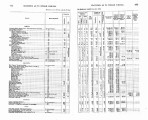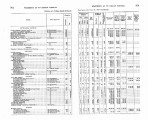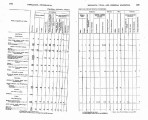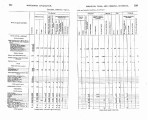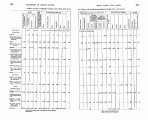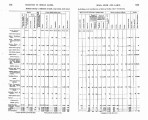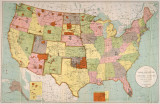| OCR Text |
Show 96 REPORT OF THE OOM~SSIONER OF INDIAN AFFAIBB. WALKER RIVER RESERVATION, NEV. In oarlying out the provisions of a clause in the Indian appropria-tion act approved March 3, 1903 (32 Stat., 997-998), James McLaugh-lin, United States Indian inspector, made an examination of the lands embraced within the Walker River Reservation, Nev., with a view to the selection of irrigable tracts for allotments to the Indians, and nonirrigable lands for the pasturage of their live stock. His report of June 18, designated six townships as necessary for the use of the Indiana for allotments and grazing lands. The estimated cost of surve~ingth e entire reservation was placed at $11,138.70, including inspection of the work. This was the estimate of the surveyor-general of Nevada. The cost of surveying the six townships, it was thought, would approximate $6,000, while the cost of the inspection of the work would not materially exceed $3,000. Office report on this subject was made to the Department July 15. The matter was referred to the General Land Office, which expressed the opinion that public interests would be subserved by completing surveys within the entire reservation, but that the survey and subdi-vision of the six townships for allotments should first be completed, which opinion was concurred in by Inspector McLaughlin, the surveyor-general, and this O5ce. It is hoped that the work of making allot-ments to the Indians may be accomplished at an early date and the way prepared for opening the surplus lands to settlement. ALLOTMENTS TO NEW YORK INDIANS. 0i December 15, 1902, the House of Representatives passed a bill (H. R. 12270), known as the Vreeland bill, providing for the allotment of lands in severalty to the Indians entitled to reside upon the Catta-raugus and Allegany reservations (excluding the Tonawanda band of Seneca Indians), in the State of New York. The bill as it passed the House of Representatives provides for the appointment by the President of a commission to allot the lands of these reservations, with the consent of the Indians, according to their appraised value and for the patenting of the lands to the allotees in a manner similar to the patents issued under the general allotment act of February 8, 1887 (24 Stat., 388). It also provides that a patent in fee may be issued within one year after the allotments have been made to any allotee who shall satisfy the Secretary of the Interior of his ability to manage his own affairs. The bill excepts from allotment the lands within the limits of the villages of the Allegany Reservation, surveyed and located pursuant to the act of February 19, 1875 (18 Stat., 330), and also the lands of the Cattaraugns and Allegany reservations that have been leased under authority of Congress for other than oil purpo~es. Each lessee of such leased lands, other than an oil lessee, is permitted to acquire |





























































































































































































































